There’s something about the sound of a classic car that modern supercars just can’t replicate. It’s not about decibels or digital tuning—it’s about the mechanical soul that lives in every rev. Whether it’s the high-pitched scream of a flat-12 or the low growl of a big-block V8, these cars didn’t just go fast—they made you feel something. Today’s high-performance machines are quicker and cleaner, sure, but when it comes to character, these ten classics still own the soundtrack.
1967 Shelby GT500
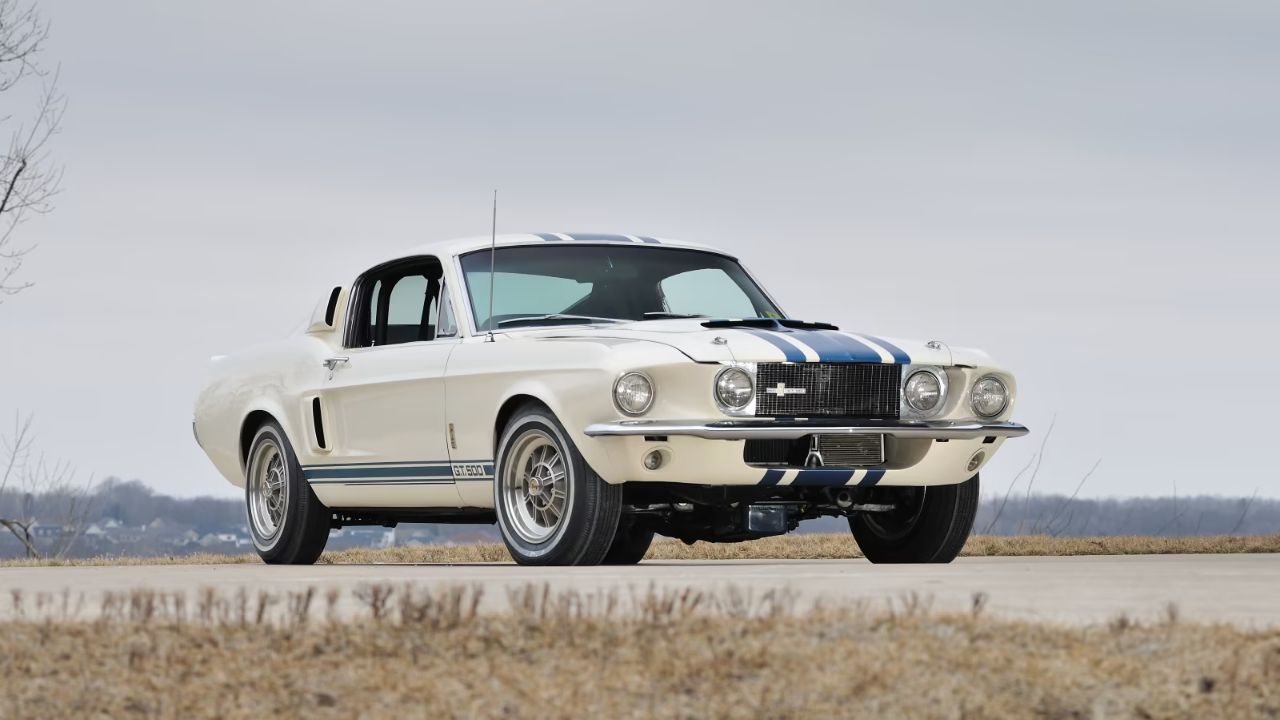
The ’67 GT500 isn’t just about looks or speed—it’s about that raw, aggressive bark from its 428-cubic-inch Police Interceptor V8. This thing sounds like it’s tearing holes in the atmosphere, especially when you bury your foot in it. No filters, no software, just pure mechanical anger.
The suspension setup was fairly basic—live rear axle and coil springs up front—but that didn’t matter. You didn’t buy this car for handling finesse. The interior? Vinyl buckets, a wood-rimmed steering wheel, and a dashboard that means business. But once that engine snarls to life, everything else fades into the background.
1970 Dodge Challenger R/T 440 Six Pack
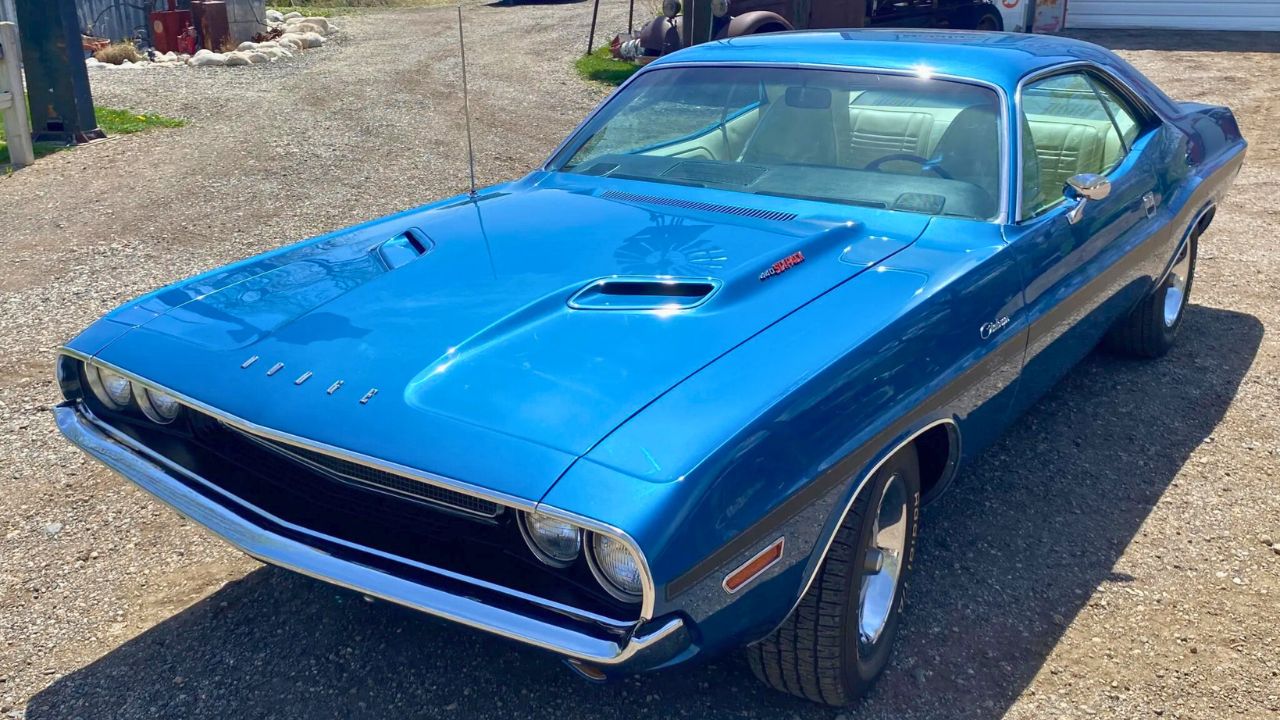
Fire up the 440 Six Pack, and you’ll understand why this Challenger still haunts modern performance cars. That trio of two-barrel Holleys on top gives it a snarling, gurgling exhaust note that’s straight out of a muscle car fever dream.
It’s got leaf springs in the rear and a torsion bar setup up front, not exactly track-spec, but more than enough to launch you in a straight line. The cabin’s all-business muscle—simple gauges, slapstick shifter, and just enough vinyl to remind you it came from Detroit’s golden era.
1984 Ferrari 288 GTO
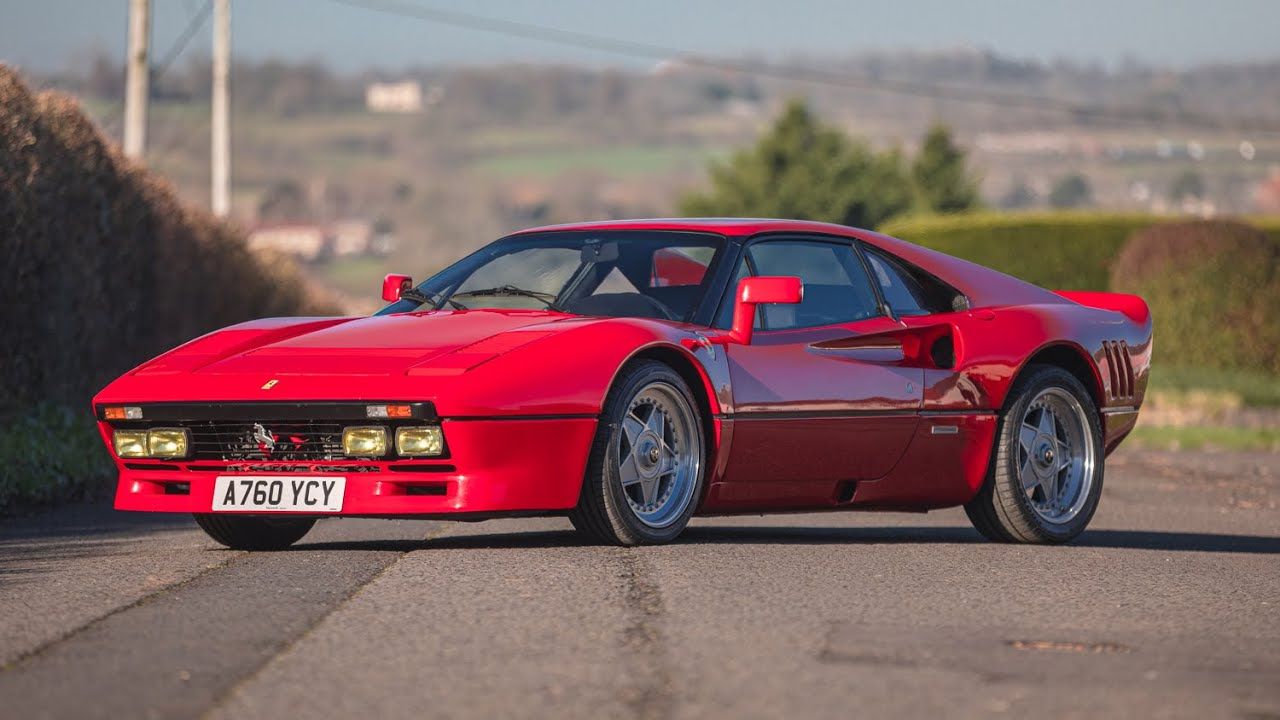
The 288 GTO’s twin-turbo 2.8-liter V8 isn’t the loudest on this list, but it has a razor-sharp howl that modern supercars just can’t fake. It’s a high-strung, mechanical wail that builds with urgency and begs to be wrung out.
Double wishbones and coilovers all around gave it race-bred precision, and it came stripped for weight—no luxury distractions, just boost and gears. Inside, it’s leather and analog gauges, no fluff. That sound, though, makes everything else irrelevant.
1969 Camaro Z/28
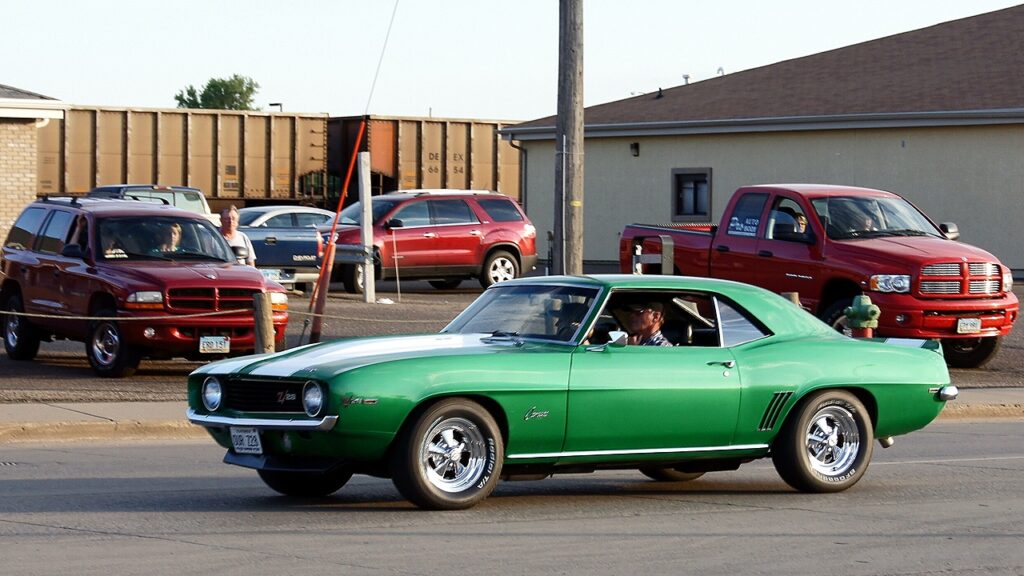
The high-revving 302-cubic-inch V8 in the Z/28 had a sharp, crackling note that made it sound more like a race car than a showroom model. It didn’t have the low-end rumble of the bigger blocks, but above 5,000 RPM, it came alive.
The Z/28 was designed to homologate for Trans Am racing, so it came with heavy-duty suspension, quick steering, and close-ratio gears. Inside, it was bare bones but focused—gauges that told the truth, a steering wheel you actually felt connected to. No fancy sound design, just real noise.
1971 Lamborghini Miura SV
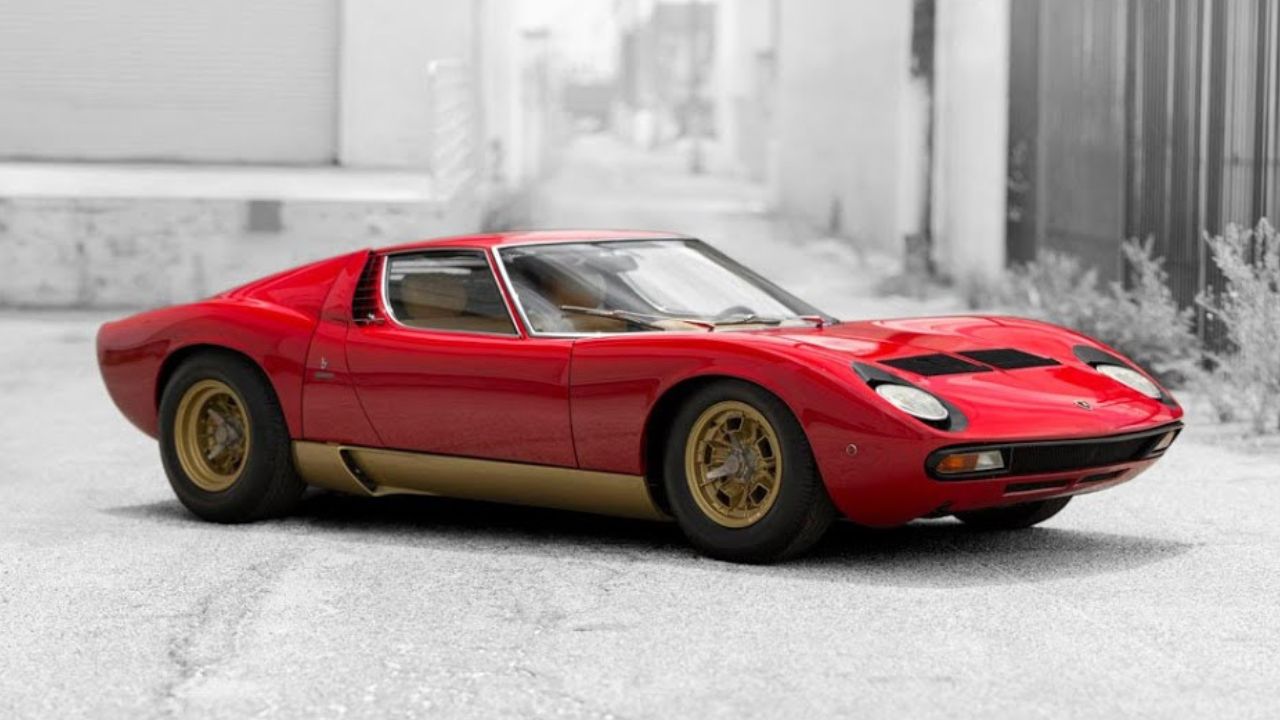
That transverse-mounted 3.9-liter V12 right behind your head in the Miura SV isn’t quiet, and it’s not supposed to be. It screams, whines, and roars all at once—like a mechanical symphony with no conductor.
The Miura used a steel chassis with independent suspension all around, giving it surprisingly sharp reflexes for its time. The interior was cramped but exotic, with toggle switches, leather everywhere, and the sensation that you were driving something not quite of this world.
1970 Plymouth Superbird 426 HEMI
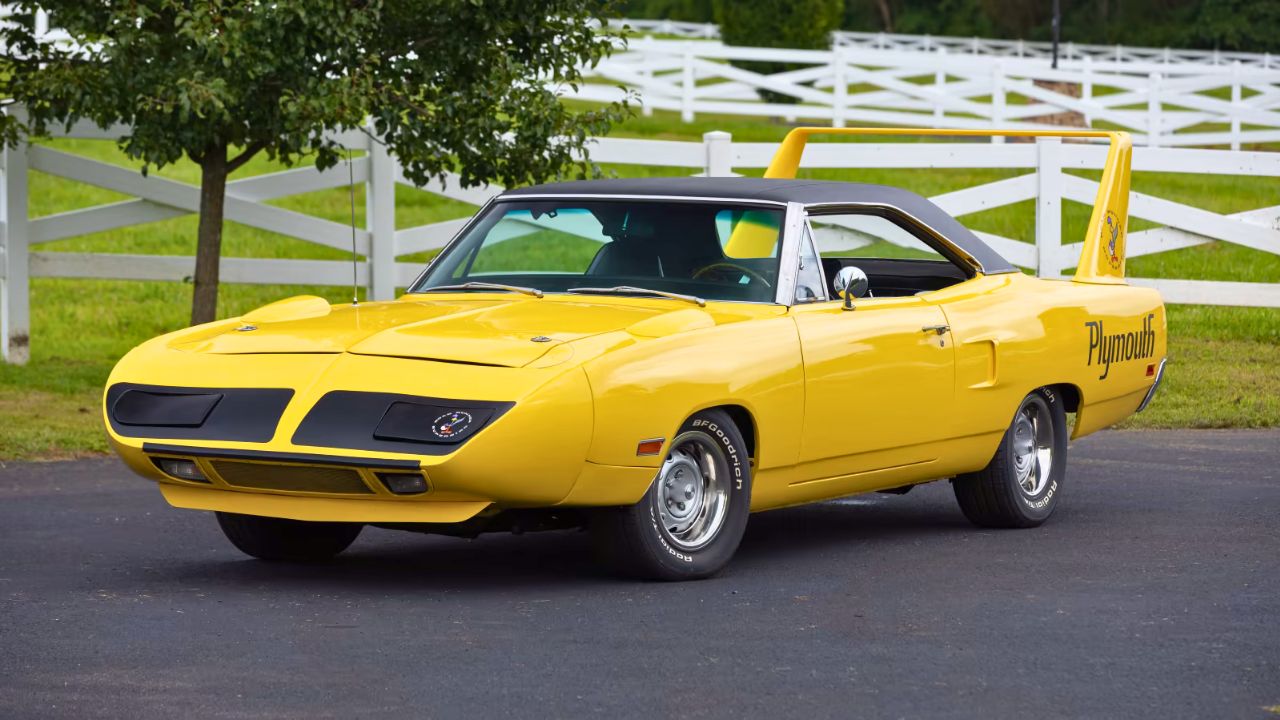
The Superbird’s 426 HEMI doesn’t just make power—it announces it with every blip of the throttle. That deep, echoing rumble through long, unrestricted pipes is what people hear before they even see the wing.
Built for NASCAR, it had an aero nose, massive rear spoiler, and stiffer suspension than the average Plymouth. The interior? Standard B-body fare, but it didn’t matter. People came for the engine and stayed for the sound that could shake garage walls.
1995 Porsche 911 GT2 (993)
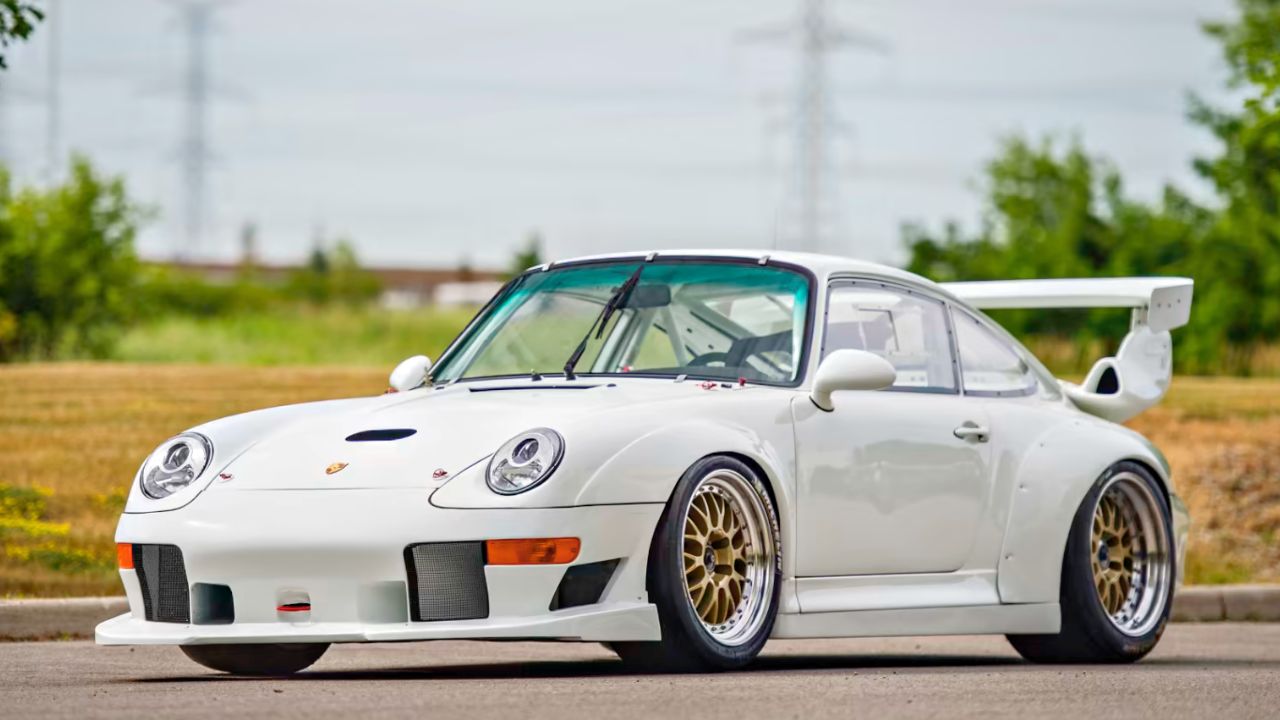
Air-cooled turbo engines have their own language, and the 993 GT2 speaks it fluently. The 3.6-liter flat-six doesn’t just roar—it huffs, wheezes, and barks through its open wastegate with every shift.
With rear-wheel drive and a stripped-down cabin, it was as close to a race car as Porsche dared sell for the road. Coilover suspension, lightweight panels, and a roll cage-ready shell gave it track cred. But it’s the engine note—part mechanical violence, part turbine—that leaves a lasting impression.
1965 Pontiac GTO Tri-Power
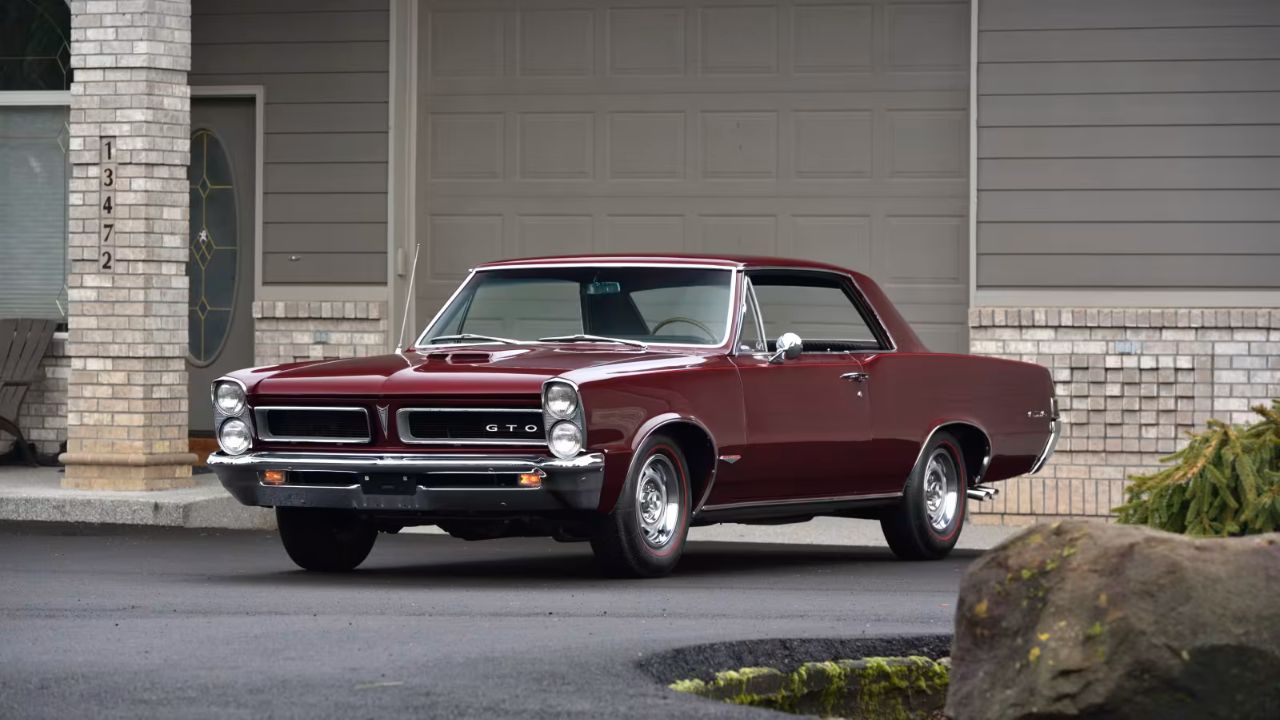
Three Rochester carbs feeding a 389 V8 gave the Tri-Power GTO a hungry, throaty growl that modern engines just can’t replicate. It didn’t rev high, but it didn’t need to. The low-end grunt and intake snarl were enough.
The suspension was typical GM A-body—nothing fancy—but the GTO was all about torque and sound. Inside, it was bucket seats, fake wood, and enough chrome to catch the sun. But once those carbs opened up, you stopped caring about anything else.
1966 Ford GT40 Mk II
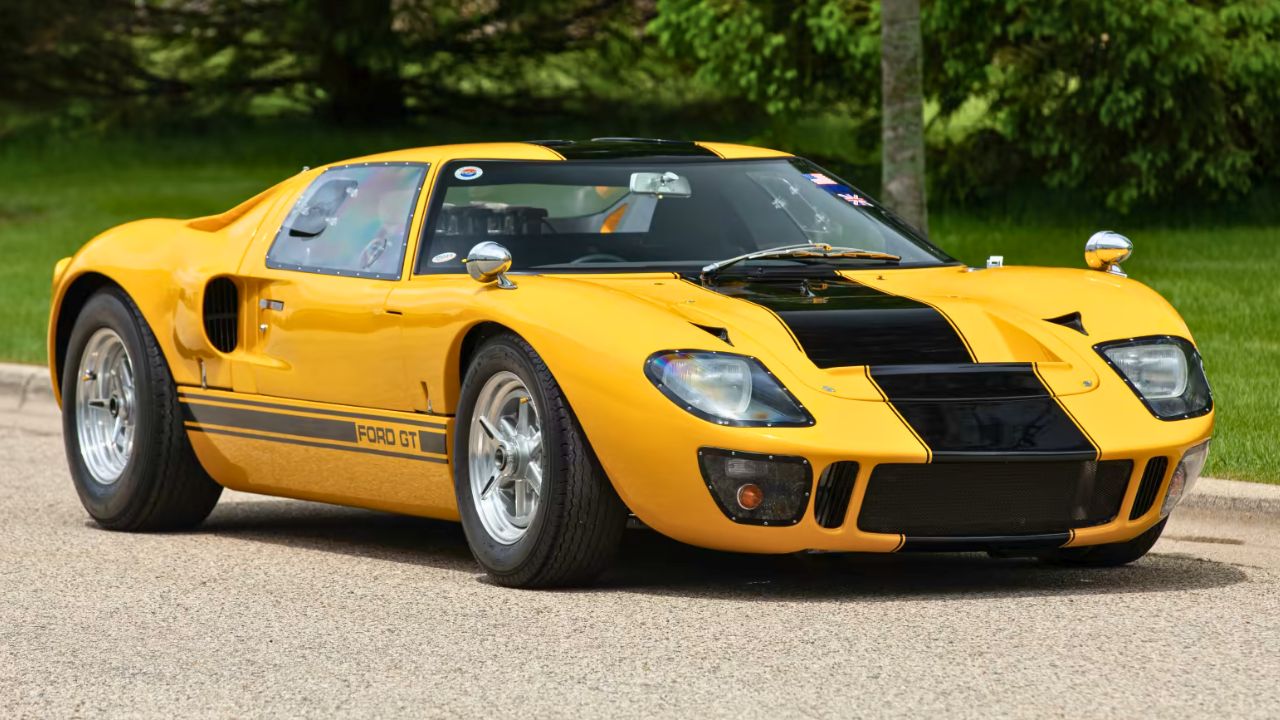
Built to win Le Mans, the GT40 Mk II came armed with a 7.0-liter V8 that sounded more like a war drum than a sports car. At wide open throttle, it roared across Mulsanne like it was trying to shake the tarmac loose.
It had independent suspension at all four corners and an interior that barely passed for road legal—more race cockpit than luxury. It wasn’t comfortable, and it didn’t try to be. The sound it made was the reason it earned respect.
1973 De Tomaso Pantera
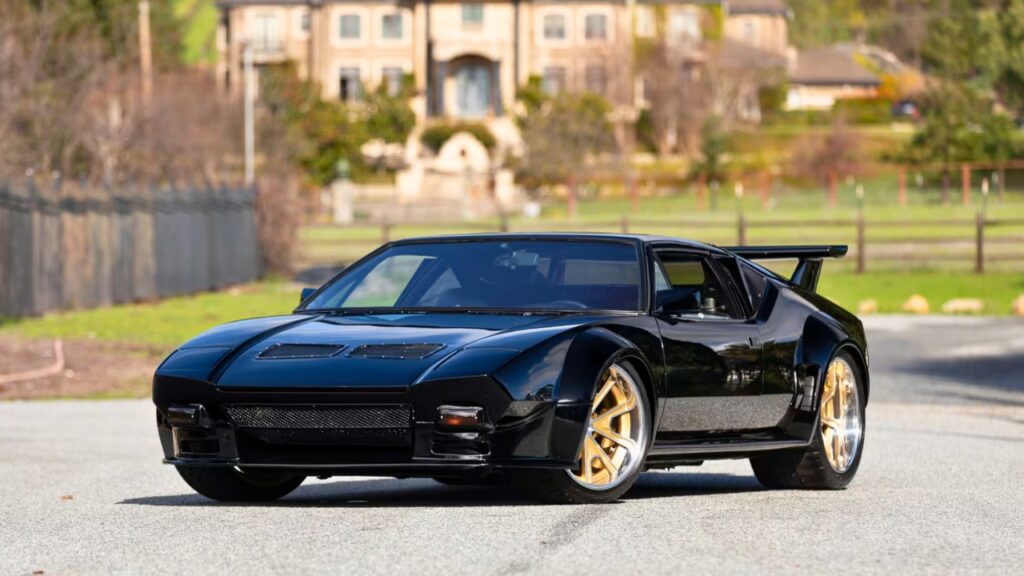
The Pantera’s 351 Cleveland V8 sat inches behind your ears, and it didn’t whisper. It bellowed through short pipes that dumped right behind the rear wheels. There’s nothing refined about the Pantera’s soundtrack—just raw American muscle funneled through an Italian chassis.
It had independent suspension and a steel monocoque body, giving it decent handling for its time. Inside, it was snug but usable, with European flair and a very American tach needle bouncing off the redline. The noise? That’s what really sells it.
Like what you read? Here’s more by us:
*Created with AI assistance and editor review.

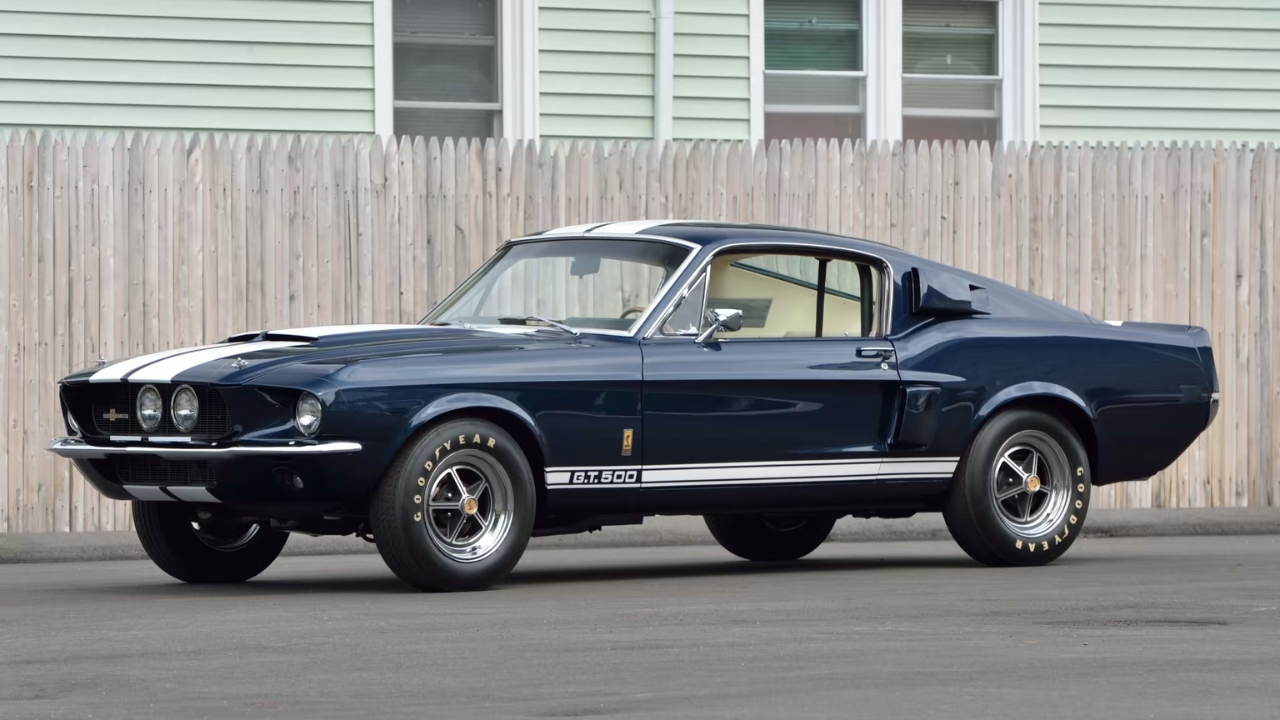
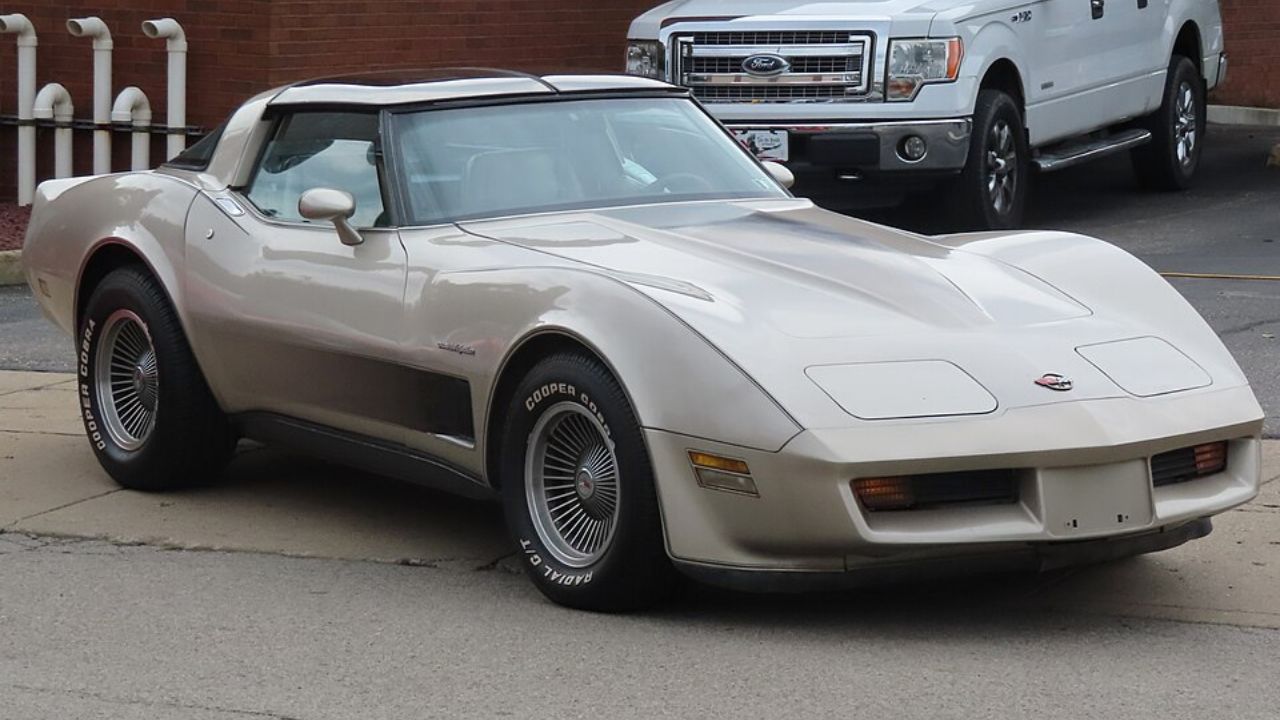
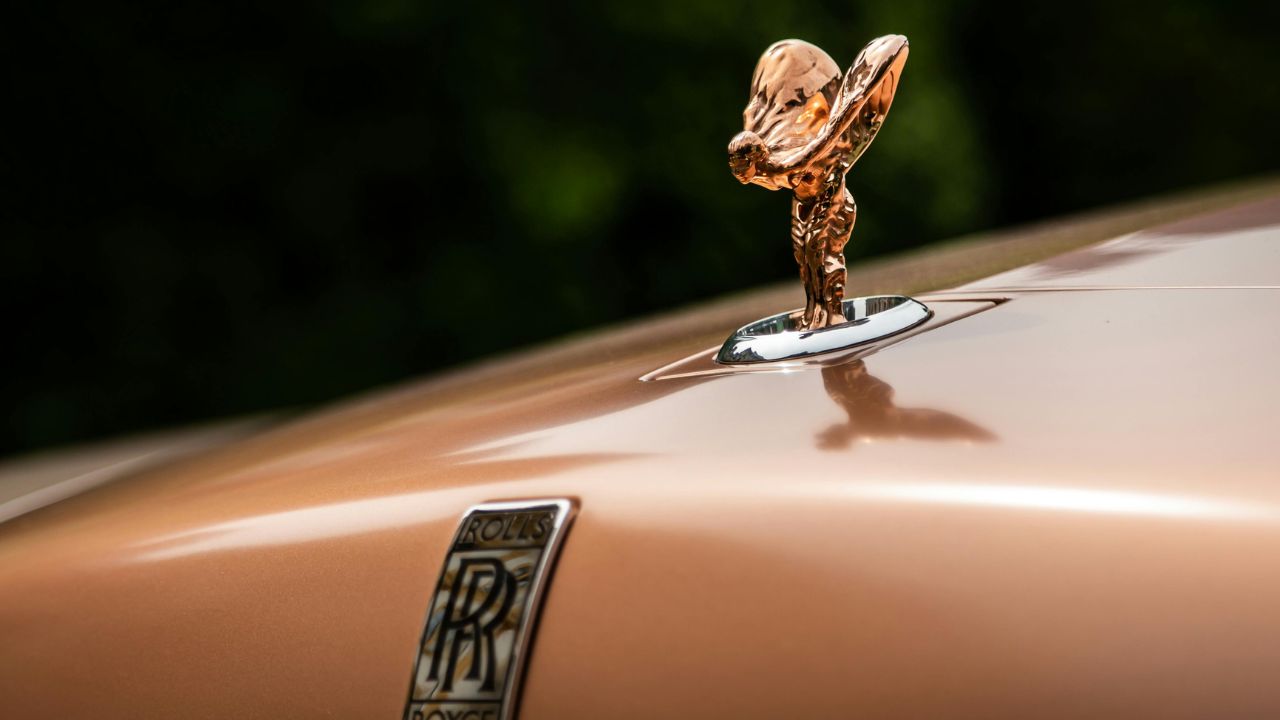
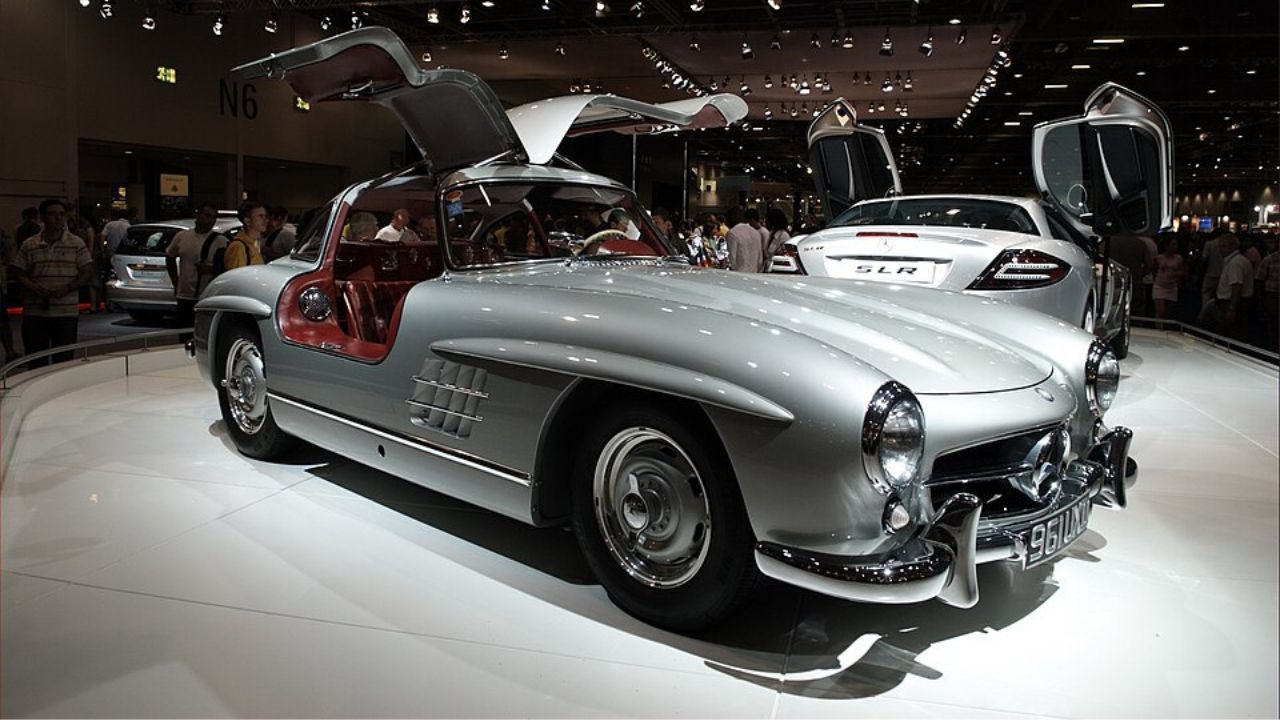
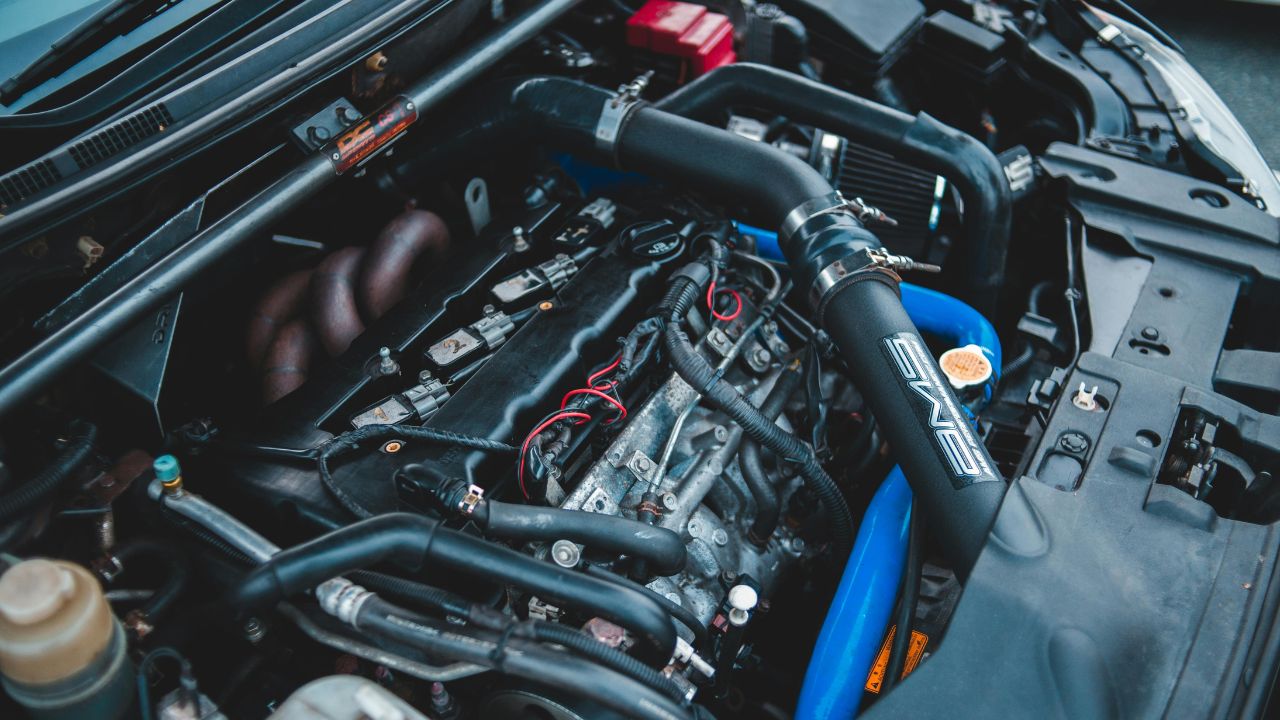
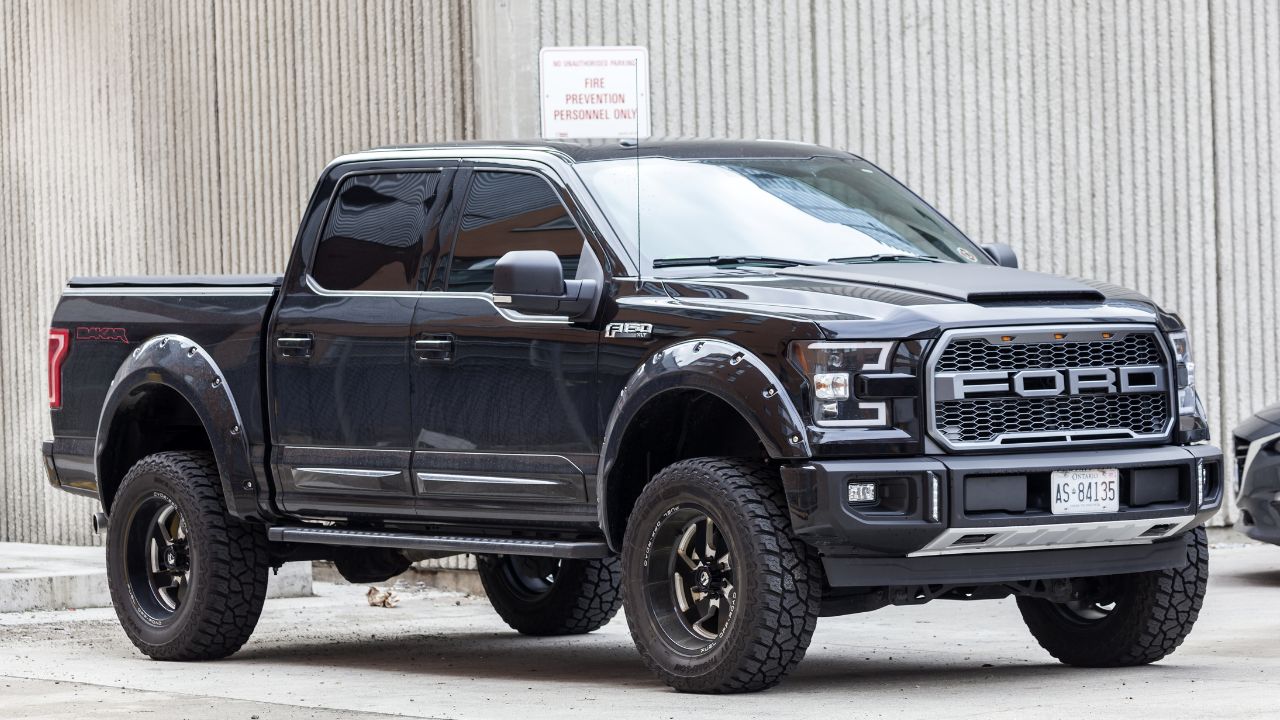
Leave a Reply